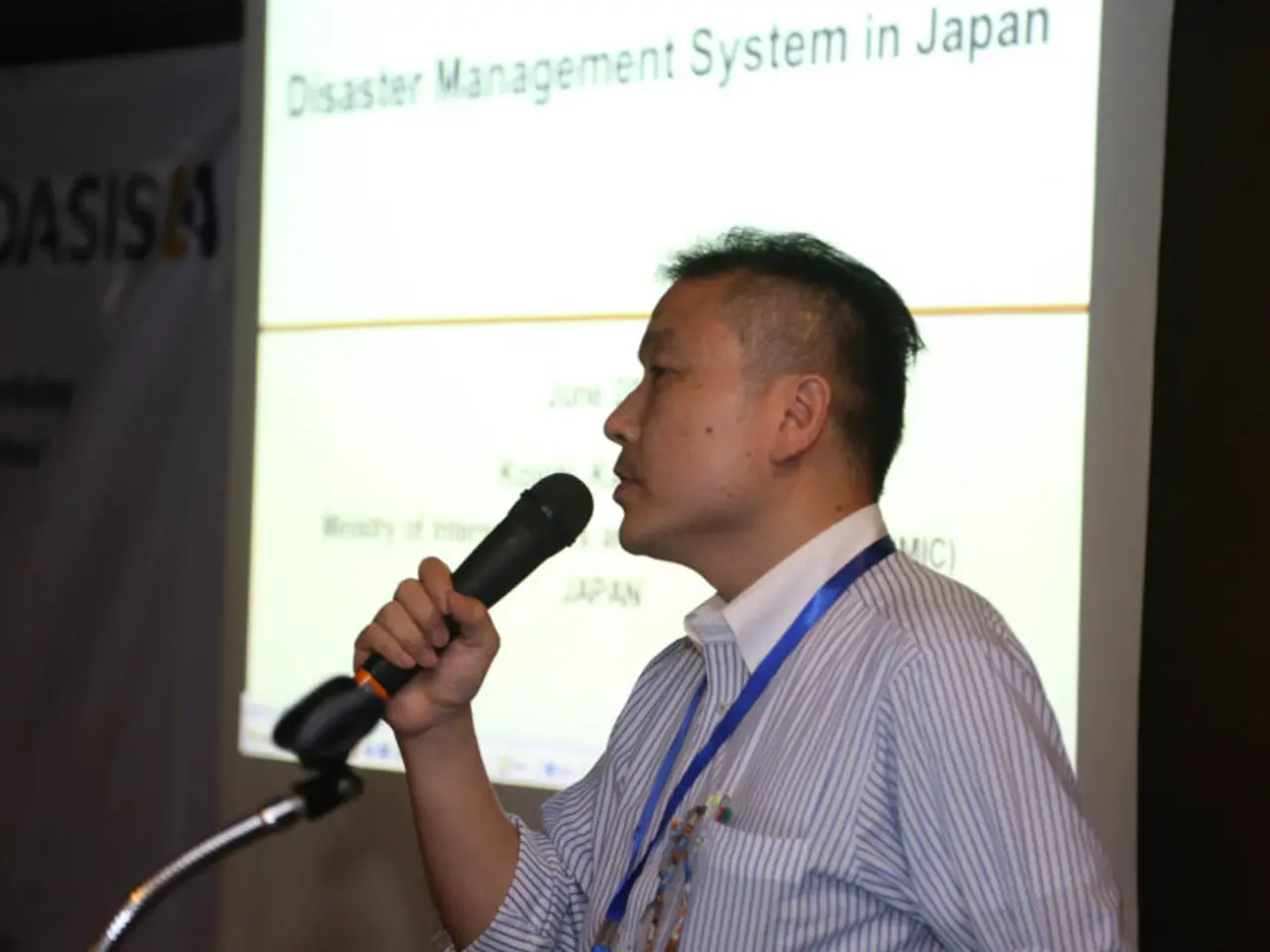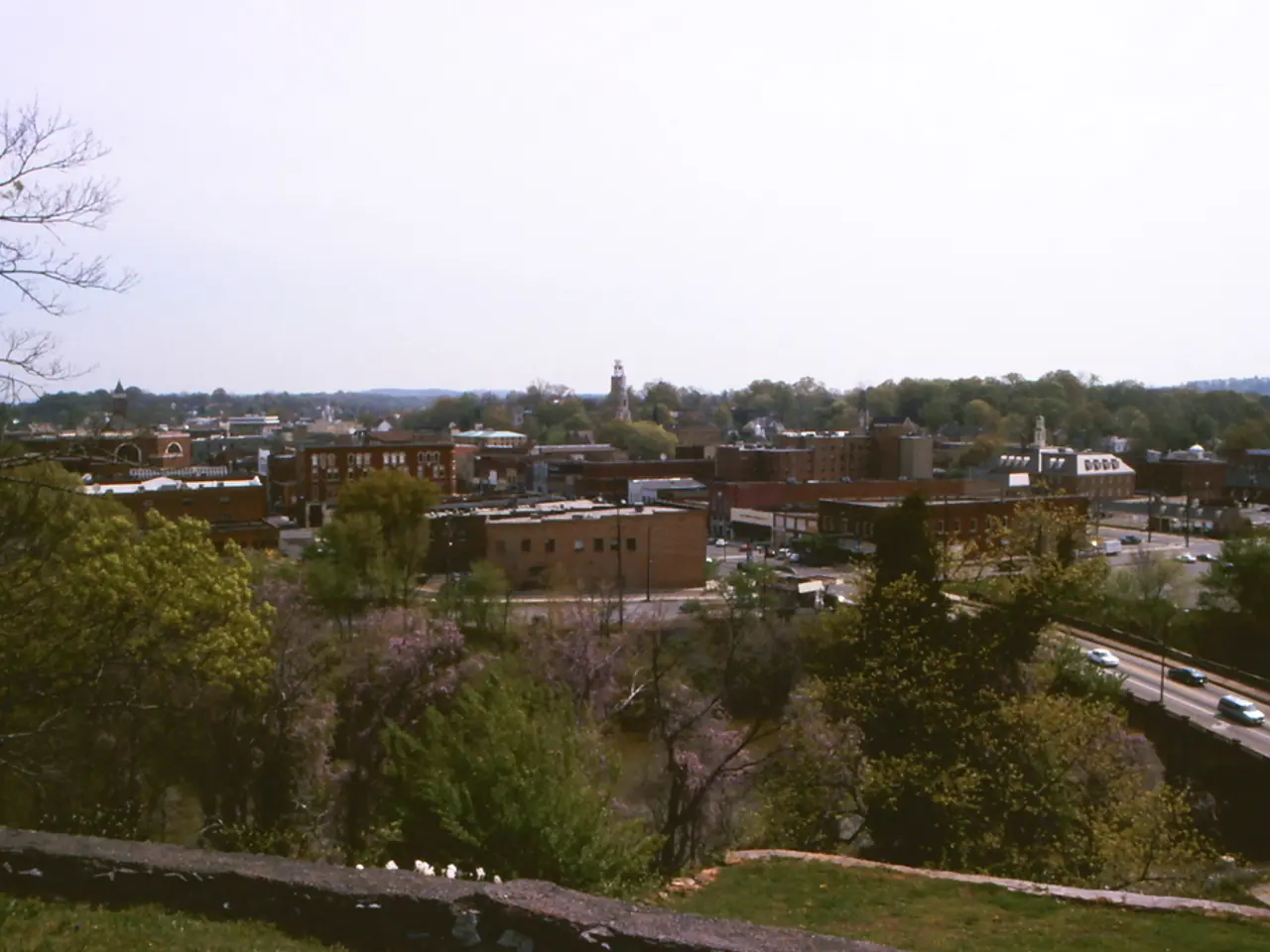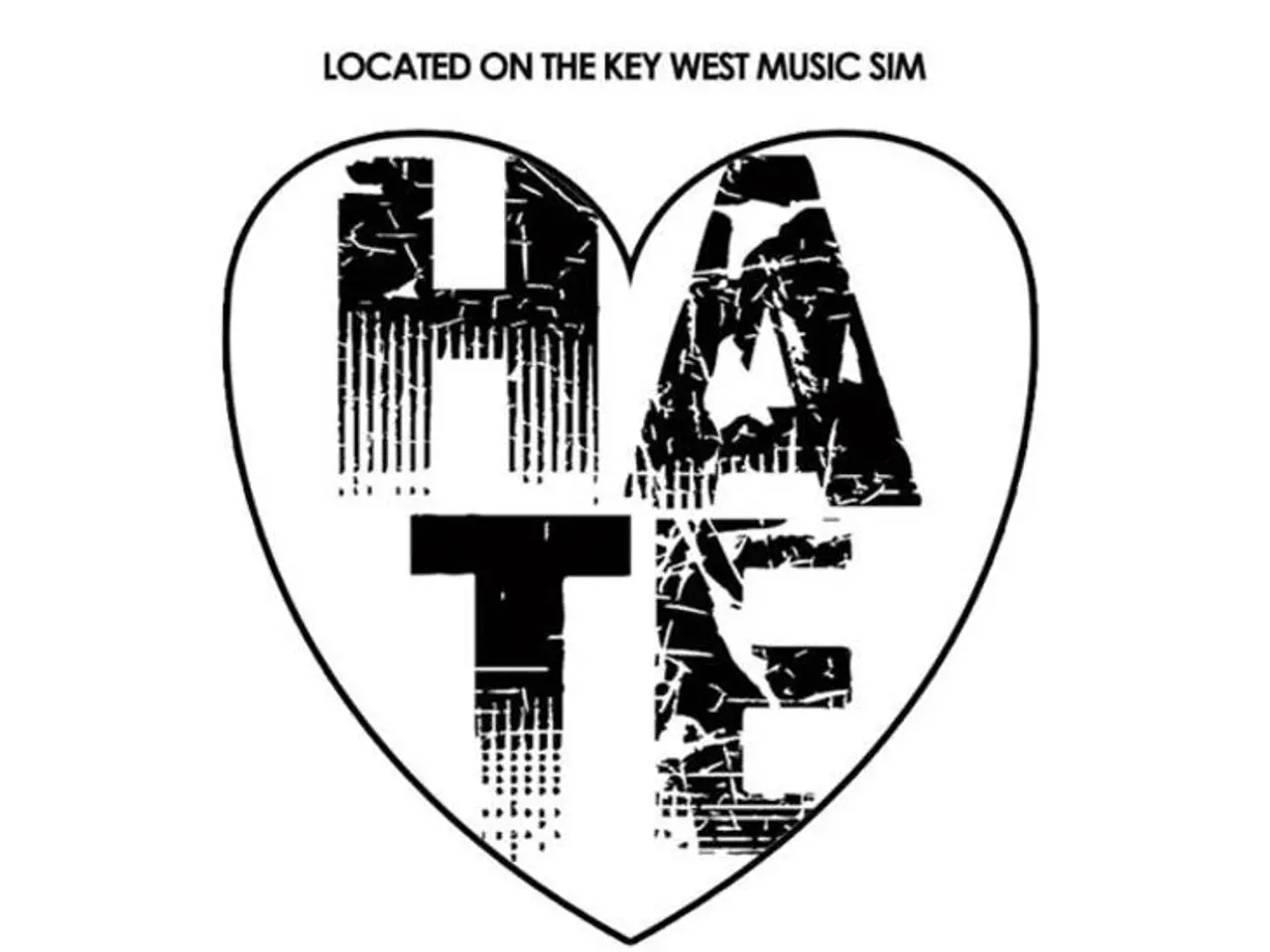Massive Earthquake Triggers Tsunami Alerts Across Hawaii, Alaska, and Beyond (8.8 Magnitude)
Magnitude 8.8 Earthquake Triggers Trans-Pacific Tsunami Warnings
A powerful earthquake with a preliminary magnitude of 8.0, later updated to 8.8 by the U.S. Geological Survey, struck off Russia's Kamchatka Peninsula on Wednesday, causing tsunami warnings and waves that reached Japan, Hawaii, the U.S. West Coast, and other Pacific islands.
Kamchatka Peninsula (Russia): The quake caused damage to buildings, including a kindergarten, power outages, mobile service failures, and flooding of ports. Several injuries were reported, but no major casualties have been confirmed so far.
Japan: Tsunami waves arrived at Hamanaka town in Hokkaido and Kuji port in Iwate, recording a height of 60 centimeters. People on the Pacific coast evacuated to higher ground and evacuation centers, with memories fresh of the 2011 disaster. No major damage was reported.
Hawaii: Tsunami waves up to 1.7 meters were recorded, causing strong currents and traffic disruptions due to evacuations and precautionary measures. No severe damage was reported.
U.S. West Coast (including Oregon and San Francisco Bay Area): Maximum tsunami wave heights locally were similar to Hawaii’s, with warnings and advisories issued. Dangerous currents were expected along beaches and harbors, but no major damage occurred, and officials indicated the worst had passed.
Other Pacific Islands: Tsunami warnings extended as far as French Polynesia and New Zealand, with some Pacific islands advised to follow evacuation guidance due to possibly high waves and ocean surges.
The operator of the Fukushima Daiichi plant, damaged by the 2011 tsunami, said about 4,000 workers were taking shelter on higher ground at the plant complex while monitoring remotely to ensure safety. No abnormalities in operations were reported.
The Mexican navy warned that tsunami waves will start reaching the northern coast in Ensenada, near California, at around 02:22 a.m. Wednesday local time.
The Oregon Department of Emergency Management expected small tsunami waves along the coast, with wave heights between 1 to 2 feet (30 to 60 centimeters).
Authorities emphasized that aftershocks could continue, and people should follow local advice on tsunami risk and evacuation. The earthquake's characteristics—a shallow focus near the coastline along a megathrust fault—meant it had high tsunami potential, but prompt warnings helped prevent larger casualties across the Pacific.
In Matsushima, Japan, dozens of residents took refuge at an evacuation center. Cars jammed streets and highways in Hawaii's capital due to standstill traffic, even in areas away from the shoreline. Power supplies were shut down due to the flooding in Severokurilsk, and the authorities were checking the power network.
Multiple aftershocks as strong as 6.9 magnitude followed the main quake. The impact of the tsunami could last for hours or more than a day, according to the National Tsunami Warning Center in Alaska. Several people were injured in Russia, and at least one person was injured in Japan. The Russian regions near the epicenter reported limited damage.
The emergency management agency in New Zealand warned of "strong and unusual currents and unpredictable surges" along all coastlines of the South Pacific island nation. The tsunami of less than 30 centimeters (under 1 foot) was forecast to hit parts of Vancouver Island, British Columbia.
The earthquake was centered 119 kilometers east-southeast from Petropavlovsk-Kamchatsky, a city with a population of 180,000 on the Kamchatka Peninsula. The tsunami of 60 centimeters was recorded at Hamanaka town in Hokkaido and Kuji port in Iwate, Japan. The port in Severokurilsk was flooded by tsunami waves, washing fishing boats into the sea, but no major damage was recorded.
In conclusion, while the earthquake caused some damage and injuries in the Kamchatka region, no major damage or severe injuries were widely reported outside Russia. The prompt warnings and safety measures across the Pacific helped prevent larger casualties.
- The earthquake in the Kamchatka Peninsula, Russia, is a significant event in the field of environmental science, as it highlights the potential dangers of natural disasters.
- The climate-change implications of this earthquake and subsequent tsunami remain to be seen, with scientists eager to understand any potential connections.
- The political landscape in the affected regions may be altered due to the resource distributions and recovery aid needed post-disaster.
- As the earthquake and tsunami triggered evacuations along the Pacific coast, the issue of war and conflicts temporarily took a backseat, as international cooperation focused on ensuring public safety.
- The unexpected car accidents due to evacuation traffic in Hawaii and Matsushima, Japan, serve as a reminder of the unforeseen dangers that arise during emergency situations.
- The general news landscape has been dominated by coverage of the earthquake and tsunami, with other stories taking a backseat as the world watches the situation unfold.
- The investigation into the criminal activities related to the evacuation scams, fraudulent claims, and looting in evacuation centers has become an integral part of the crime-and-justice narrative.
- The weather forecasting agencies played a crucial role in predicting and warning about the tsunami, demonstrating their importance in disaster preparedness and prevention.
- Following the tsunami, sports events like football, soccer, hockey, sports-betting, and racing were postponed or canceled in the affected areas, with fans hoping for a swift return to normalcy.






